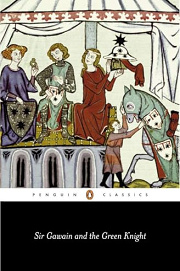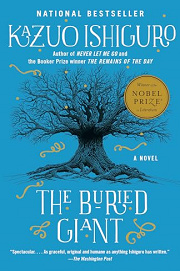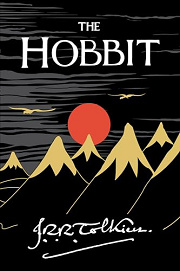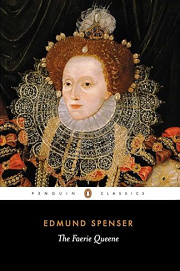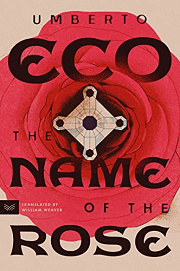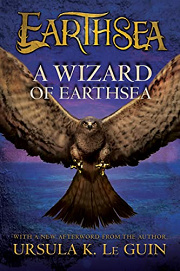Share your thoughts in a quick Shelf Talk!
Sir Gawain and the Green Knight by Anonymous
A mysterious challenger, a perilous bargain, and a knight tested by courage, courtesy, and temptation—this crystalline tale balances wonder with razor-edged stakes. Elegant, eerie, and endlessly discussable, Sir Gawain and the Green Knight is a timeless quest with a haunting green glow.
Have you read this book? Share what you liked (or didn’t), and we’ll use your answers to recommend your next favorite read!
Love Sir Gawain and the Green Knight but not sure what to read next?
These picks are popular with readers who enjoyed this book. Complete a quick Shelf Talk to get recommendations made just for you! Warning: possible spoilers for Sir Gawain and the Green Knight below.
In Sir Gawain and the Green Knight, did you enjoy ...
... Arthurian myth’s dreamlike tests of virtue and memory?
The Buried Giant by Kazuo Ishiguro
If the beheading game, Morgan le Fay’s unseen meddling, and the eerie pilgrimage to the Green Chapel drew you in, you’ll love how The Buried Giant wanders through a fog-shrouded post-Arthurian Britain where quests test conscience as much as courage. Like Gawain’s tokened bargain with the green girdle, Ishiguro’s elderly couple travel under a spell of forgetting, and every encounter—knights, monks, and dragons—poses moral riddles about truth, mercy, and the cost of remembrance.
... a perilous, goal-driven quest where each trial tempts courage and courtesy?
The Hobbit by J. R. R. Tolkien
You enjoyed how Gawain accepts a clear challenge—seek the Green Chapel in a year—and faces a gauntlet of tests (the exchange-of-winnings pact, the lady’s temptations, the final blow). In The Hobbit, Bilbo likewise takes on a sharply defined quest to the Lonely Mountain, with set-piece trials—from riddles in the dark with Gollum to the negotiation at the Mountain—that probe bravery, wit, and honor much like Gawain’s courteous tightrope in Bertilak’s hall.
... chivalric trials told as vivid moral allegory?
The Faerie Queene by Edmund Spenser
If Gawain’s green girdle, the three hunts, and Lady Bertilak’s advances resonated as symbols testing truth and temperance, The Faerie Queene turns such trials into a grand tapestry. Redcrosse’s encounters with Duessa and Despair mirror Gawain’s temptations: seductive snares, deceptive tokens, and perilous bargains that embody virtues and vices. You’ll find the same knightly pageantry charged with meaning—every monster, castle, and court a sign to be read.
... medieval Christianity’s rituals of confession, temptation, and penance?
The Name of the Rose by Umberto Eco
Gawain’s confession before the Green Chapel, his shame over the girdle, and the moral calculus of telling the truth versus saving one’s skin all hinge on Christian ethics. In The Name of the Rose, a Benedictine abbey becomes a crucible for sin, secrecy, and penitence: debates over doctrine, temptations of knowledge, and the reckoning of guilt play out as intensely as Gawain’s final nick on the neck—an intellectual trial with the same medieval spiritual stakes.
... a hero’s humbling journey from pride to hard-won self-knowledge?
A Wizard of Earthsea by Ursula K. Le Guin
If Gawain’s arc—boasting knight to chastened man who owns his fault and wears the green girdle as a sign—was the heart of the poem for you, A Wizard of Earthsea will hit the same chord. Ged unleashes a shadow through pride and must pursue it across seas and islands, much as Gawain keeps his appointment at the Green Chapel. The climax, like Gawain’s confession and cut, is a lesson in naming one’s flaw and becoming whole.
Unlock your personalized book recommendations! Just take a quick Shelf Talk for Sir Gawain and the Green Knight by Anonymous. It’s only a few questions and takes less than a minute.
